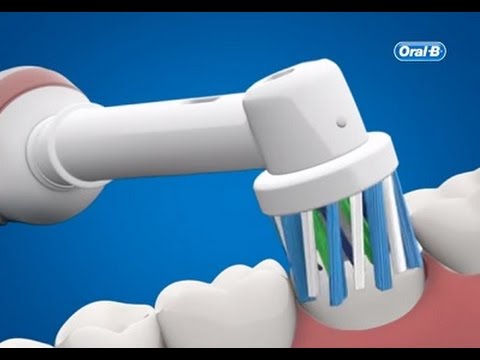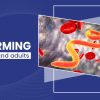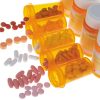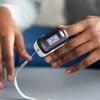- Empty cart.
- Continue Shopping
How to Use an Electric Toothbrush Properly

Oral hygiene is a cornerstone of overall health, and using an electric toothbrush can be a game-changer in maintaining a clean and healthy mouth. However, the effectiveness of this tool largely depends on how well you use it. We’ll walk you through the steps to use an electric toothbrush properly, ensuring that you get the most out of your dental care routine.
Why Choose an Electric Toothbrush?
Efficiency and Consistency
Electric toothbrushes are known for their efficiency in removing plaque and their ability to provide a consistent cleaning action. They can reach areas that are often missed by manual brushing, such as the back molars and the gumline.
Timers and Pacing
Many electric toothbrushes come with built-in timers and pacers, which help you brush for the recommended two minutes and ensure that you spend an equal amount of time on each section of your mouth.
Preparing to Brush
Choose the Right Brush Head
Electric toothbrushes often come with various brush head options designed for specific needs, such as sensitive teeth, gum care, or deep cleaning. Choose the one that suits your oral health needs.
Apply Toothpaste
Place a pea-sized amount of toothpaste on the bristles. Using too much can create excessive foam, making it harder to brush effectively.
The Proper Technique
Start at the Back
Begin brushing at the back of your mouth, focusing on one quadrant at a time. This ensures that the hard-to-reach areas receive adequate attention.
Hold at a 45-Degree Angle
Position the brush head at a 45-degree angle to your gums. This angle is optimal for removing plaque and food particles from the gumline.
Let the Brush Do the Work
Unlike manual toothbrushes, electric toothbrushes require less effort. Simply guide the brush along your teeth and gums, allowing the oscillating or vibrating action to clean your teeth. Avoid pressing too hard, as this can lead to gum irritation.
Follow a Pattern
Use the built-in pacer to move from one section of your mouth to another. A common pattern is to divide the mouth into four quadrants and spend 30 seconds on each.
Additional Tips
Don’t Forget the Tongue
Many electric toothbrushes come with a tongue-cleaning mode or attachment. Use this to clean your tongue after brushing your teeth.
Rinse Well
After brushing, rinse your mouth with water or mouthwash to remove any remaining toothpaste or debris.
Clean the Brush Head
Rinse the brush head under running water and allow it to air dry. This helps to prevent bacterial growth.
In conclusion, using an electric toothbrush can significantly improve your oral hygiene, but its effectiveness is contingent on proper usage. By following these guidelines, you can ensure that you’re getting the most out of your electric toothbrush, leading to a cleaner, healthier mouth. Remember, good oral hygiene is not just about the tools you use but how well you use them.








